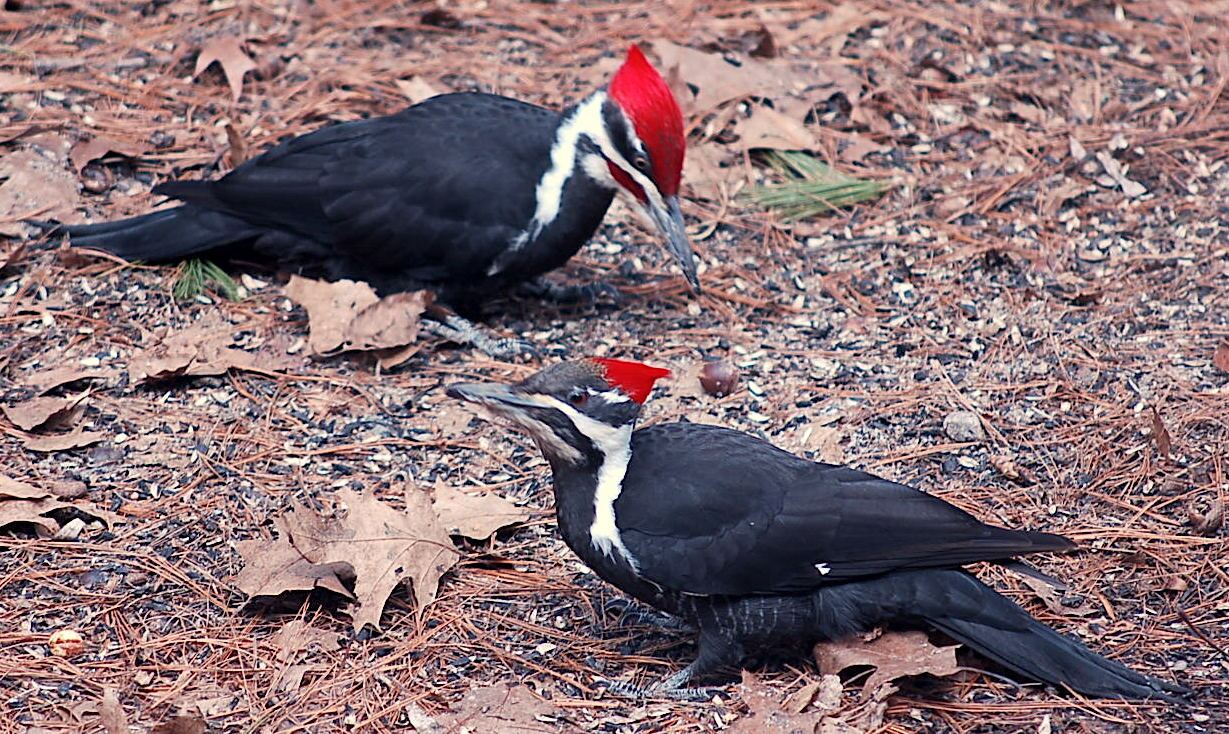Understanding Woodpeckers in Florida: Actions, Variety, and Environments
Wiki Article
Unveiling the Tricks of Woodpeckers: Actions, Environment, and Much More
Woodpeckers, with their distinct behaviors and specialized adaptations, have actually lengthy attracted researchers and nature fanatics alike. By discovering the secrets bordering woodpeckers' habits and habitat choices, a deeper understanding of these avian wonders arises, supplying a look right into their interesting world.Woodpecker Actions Insights
In analyzing woodpecker behavior, an interesting display of specialized abilities and adaptations arises, shedding light on their exceptional ecological niche. Woodpeckers, recognized for their distinctive drumming on trees, have a variety of behavioral attributes that contribute to their survival and success in their environment.Additionally, woodpeckers show a distinct feeding actions characterized by their capability to remove insects from tree bark utilizing their specialized beaks. Their lengthy, barbed tongues aid in catching target, while their strong neck muscle mass give stability and precision throughout pecking motions. This feeding technique permits woodpeckers to access covert insect larvae and remove them with impressive efficiency.
Habitat Preferences and Selection
What variables influence the environment choices and selection of woodpeckers? Woodpeckers are extremely versatile birds understood to populate various atmospheres worldwide. They do exhibit preferences for certain habitat attributes. One crucial element affecting woodpecker environment selection is the availability of appropriate nesting sites. Woodpeckers normally favor woodlands with a mix of fully grown trees that give ample opportunities for cavity excavation. These cavities function as essential nesting and roosting sites for woodpeckers and are vital for their breeding success.Furthermore, woodpeckers show a choice for environments with a plentiful supply of food sources. They are primarily insectivorous, feeding on beetles, ants, larvae, and various other pests located in rotting wood or tree bark. Therefore, woodpeckers tend to prefer wooded areas with a varied insect population to fulfill their dietary demands.
Furthermore, the existence of dead or decaying trees is one more crucial consider woodpecker habitat option. These trees not just supply food sources yet likewise offer ideal substrate for dental caries excavation. Dead trees are vital for the maintenance of healthy and balanced woodpecker populations, as they play a crucial role in the woodpeckers' life process and community characteristics.
Feeding Practices and Diet Regimen Structure
Woodpeckers show a specialized feeding actions focused on foraging for bugs within different environments. In addition to insects, woodpeckers likewise eat original site tree sap, fruits, nuts, and seeds, including variety to their diet plan depending on the period and schedule of food resources.The foraging strategies of woodpeckers are well-adapted to their arboreal way of living (Woodpeckers in Florida). Their capacity to dig deep into timber not just gives them with food yet additionally aids in developing nesting dental caries and developing areas. Woodpeckers play a critical duty in keeping the wellness of woodlands by managing insect populations and aiding in the decomposition of wood. Recognizing their feeding behaviors and diet plan structure is vital for conservation efforts intended at maintaining these special and useful birds.
Drumming Seems and Communication
Utilizing quick drumming informative post noises on various surface areas, woodpeckers utilize a distinctive kind of interaction to signal region limits and attract companions. This drumming behavior is not just a way of interaction however also works as a way for woodpeckers to develop their existence within a particular location. The intensity, rate, and pattern of the drumming can convey vital info to various other woodpeckers around.Woodpeckers make use of drumming noises to reveal their existence in a territory and to alert off potential trespassers. The loud and repetitive nature of the drumming offers as a clear signal to various other woodpeckers that the area is currently claimed. This assists in decreasing problems and reducing physical fights between individuals.

Survival Adaptations and Specialized Composition

Verdict
To conclude, woodpeckers display distinct behaviors, such as drumming audios for communication, and have specialized makeup for survival in their selected habitats. Their feeding habits and diet regimen structure further show their versatility to various settings. By comprehending these aspects of woodpeckers, scientists and guardians can better shield and protect these fascinating birds and their ecological communities.Report this wiki page